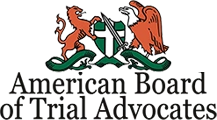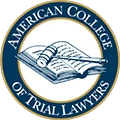Pedestrian Safety
Walking is great exercise and also a way around town. But you need to be prepared when walking.…
Walking is great exercise and also a way around town. But you need to be prepared when walking.…
Roundabouts are also called traffic circles. Roundabouts are one-way, circular intersections designed to improve safety and efficiency for…
Car wrecks happen daily: Vehicular wrecks happen daily, frequently causing serious injuries, death, and property damages. So it’s…
CENTER TURN LANE Some two-way streets have a center turn lane, which makes it easier for vehicles to…
Do you know what to do when you get to a 4-way intersection? Generally, they are marked with…
Fields marked with an * are required
"*" indicates required fields
Great attorney, honest, hard working, you won't find better. Simply excellent.
Very personable service with your needs as their focus. You are not just a number. You are important to them as a person.
I had an awesome experience with Law Firm and I would highly recommend them. Thank You Mr. Richard and your team.

National Association of Distinguished Counsel

The American College of Trial Lawyers

Martindale-Hubbell® (AV Preeminent® Rating)

The American College of Trial Lawyers
© 2025 Law Offices of Richard R Kennedy • All Rights Reserved. Disclaimer | Site Map | Privacy Policy. Digital Marketing By: ![]()